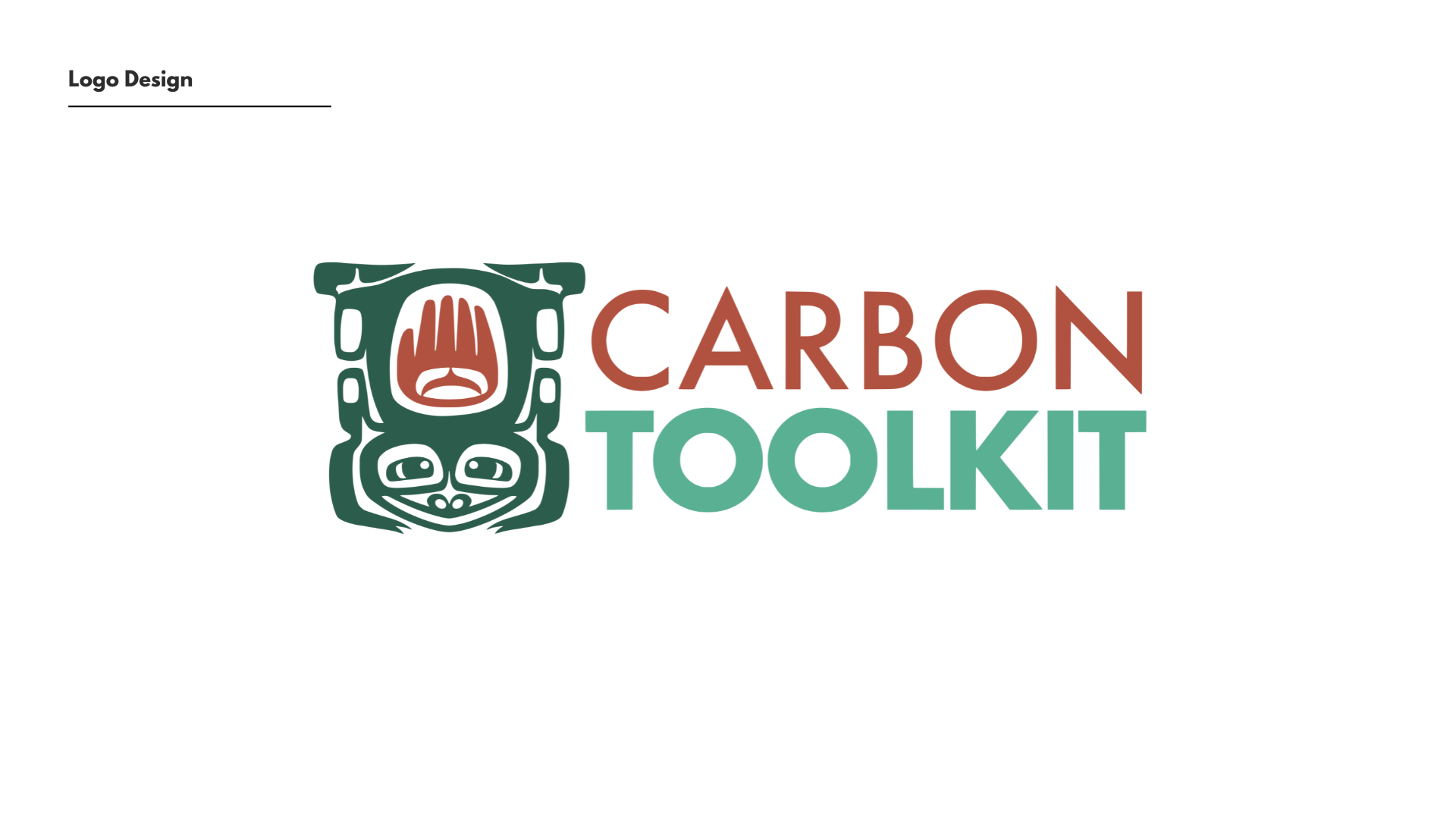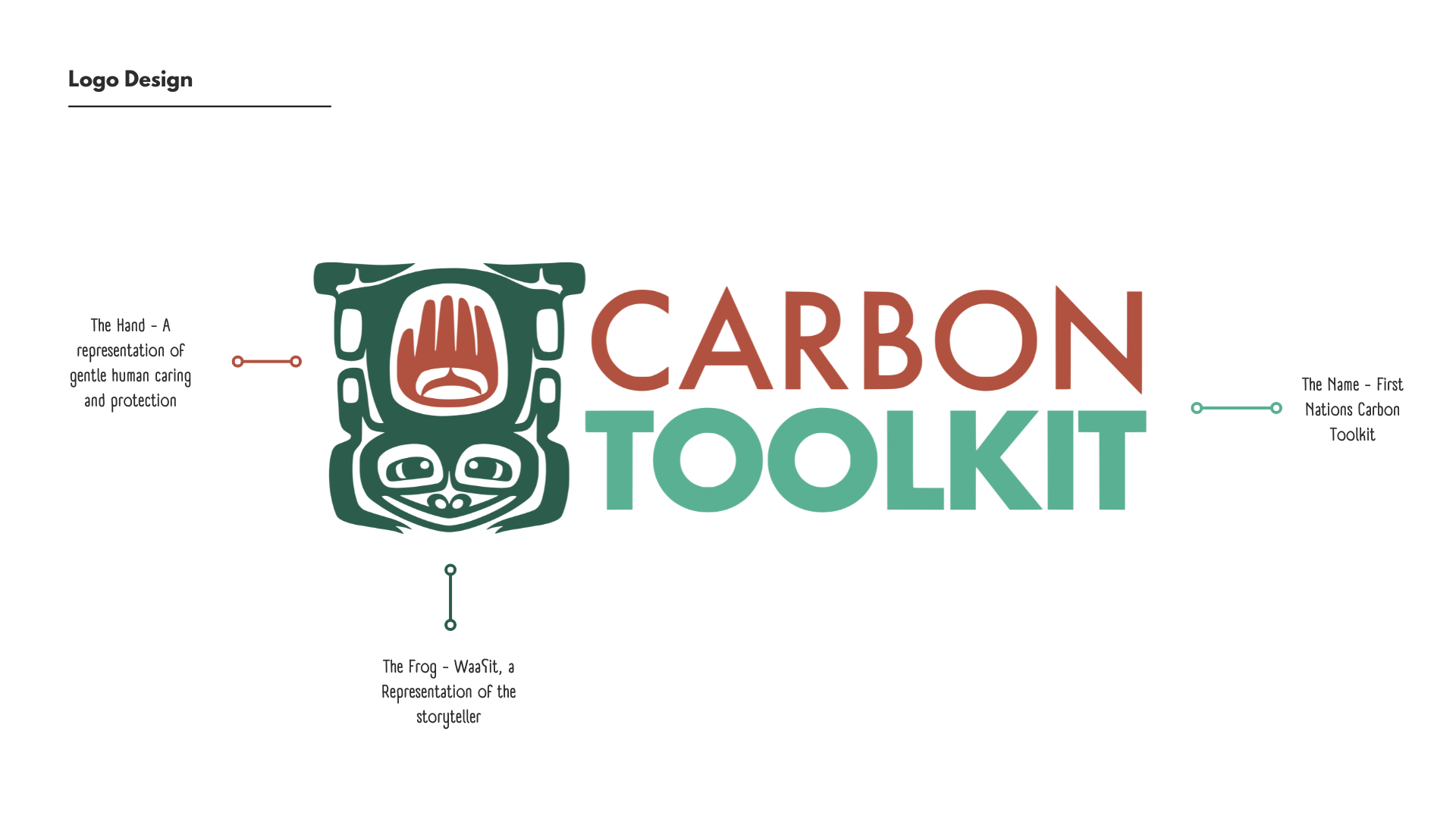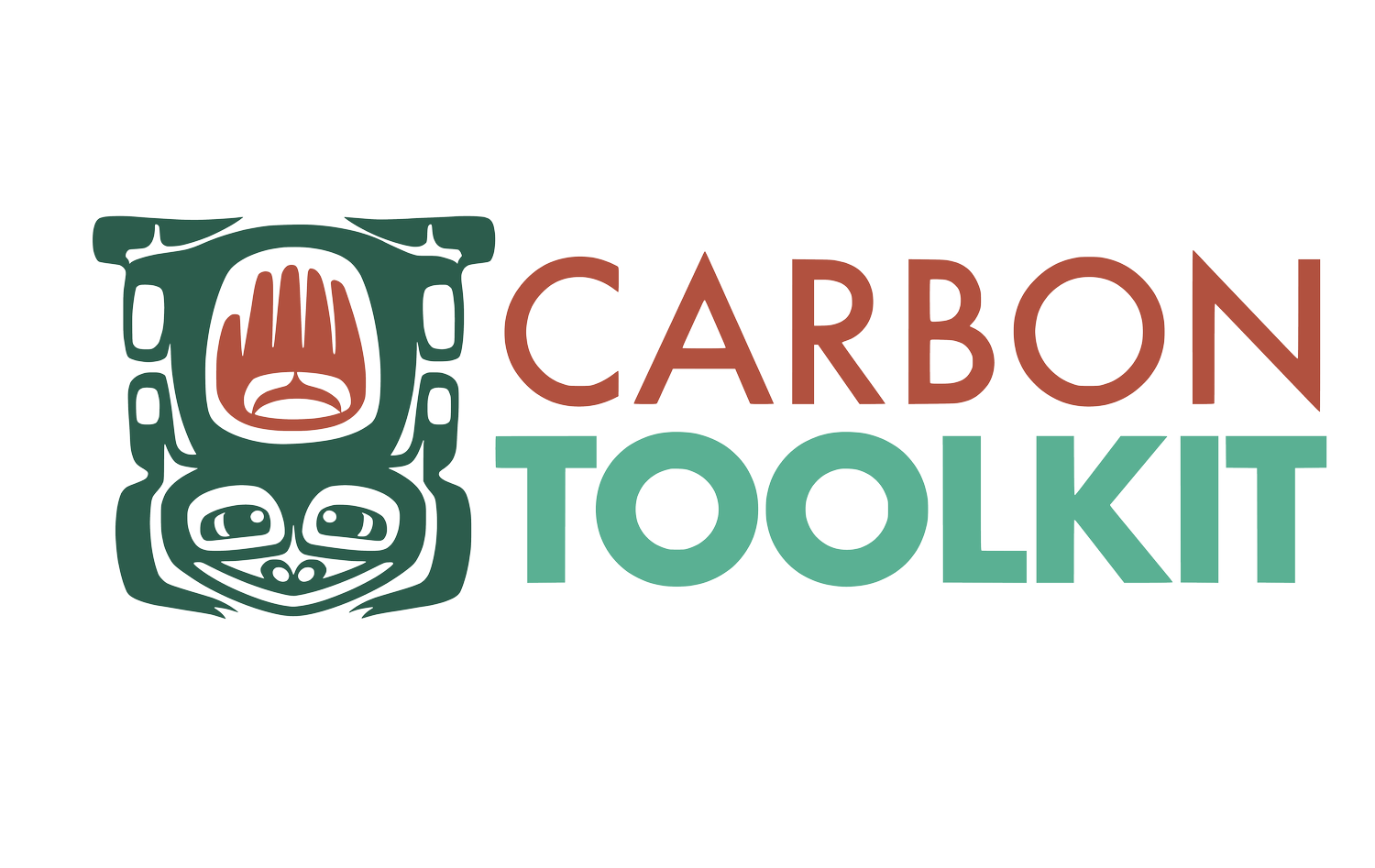
Artist Feature: Meet the Creative Young Artist behind our Logo
In March, BCAFN and Ecotrust Canada launched a contest for First Nation artists under 30, asking for a logo design representing Indigenous-led conservation and community stewardship, keeping carbon out of the atmosphere and stored in the land.
The contest was open to youth artists, with the goal to use this opportunity to empower them to explore their artistic abilities and to learn about and support climate action. The winning artist would receive $5,000. We were blown away by the designs submitted by young artists across the country, as well as their passion for art and the environment.
So how did we decide?
We asked artists to share their reasons for participating and the inspiration behind their logos and reviewed the creativity, story and functionality of all submissions.
Many artists amazed us with their talent and effort in their logo designs. But amongst them all, Bayja Morgan-Banke’s design and the story behind it spoke to the essence of the First Nations Carbon Toolkit.
Bayja Morgan-Banke, is from Toquaht Nation, on Vancouver Island, B.C., and grew up in Tofino with a family full of artists. She took inspiration from her grandmother, who gave her art lessons as a child.
“She is, to this day, one of my biggest supporters,” Bayja said.
“As an artist, I hope to share stories with the world through First Nations design.”
The story of Bayja’s logo design was what reeled us in. We saw the synergy between what the First Nations Carbon Toolkit hopes to achieve and the meaning behind the logo we selected.
“I have a passion for environmental preservation and care. I believe that humans need to be a contributing part of the ecosystem the way our ancestors were. I was raised as the daughter of a fisherman and was always taught to thank Mother Ocean and Mother Earth, never to take more than you need, and always to give back what you take. I believe in the phrase ‘all things to the Earth.’
I am very excited to see the effects of this project on the world around us, and I hope it can educate and join people together.”



“My process for this logo began with thinking about what this project represents. The frog, or in my language waaʕit, is the storyteller. Caring for the world around us allows us to preserve the stories for generations to come. To continue our teachings and practice our way of life, and to teach our children to continue to nurture the world around them. ”
— Bayja Morgan-Banke
Photo by Keyur Nandaniya on Unsplash
“The symbol of the hand represents gentle human caring and protection, and furthermore, love for the generations ahead of us. Our care for the environment in the present will be our love letter to those family members in the future we ourselves will never get the pleasure of meeting, and insurance of their success. The spirits of our loved ones and ancestors live on in our stories and love for one another. I think of my great-grandparents, my grandparents, my parents, siblings, and extended family for inspiration.”
To Bayja, the frog and the hand represent the intention to protect and care for the Earth and each other while supporting First Nations in exercising their inherent and constitutionally protected title and rights. Our work on the First Nations Carbon Toolkit intends to do the same.
Carbon offset projects are one approach to reducing greenhouse gas emissions by keeping forests standing and carbon in the ground while building a clean and just economy led by First Nations.
While there are many benefits to developing community-led forest carbon offset projects, there are also limitations and challenges with this type of climate action.
Our intention is to share valuable information with First Nations in B.C. as communities make decisions about how, or if, they want to proceed in this direction.
Thank you to Bayja for the thoughtful and beautiful design — and to all the other contestants who submitted their inspired work.
Read more on Ecotrust Canada’s blog.
More about Bayja
After attending Vancouver Film School for two years, where she studied Animation Concept Art and Classical Animation, she created her final film, “Those Who Came Before Us.” The film centers around First Nations language preservation, and she plans to create a bigger version of the project in the future, using this medium as a language index.





